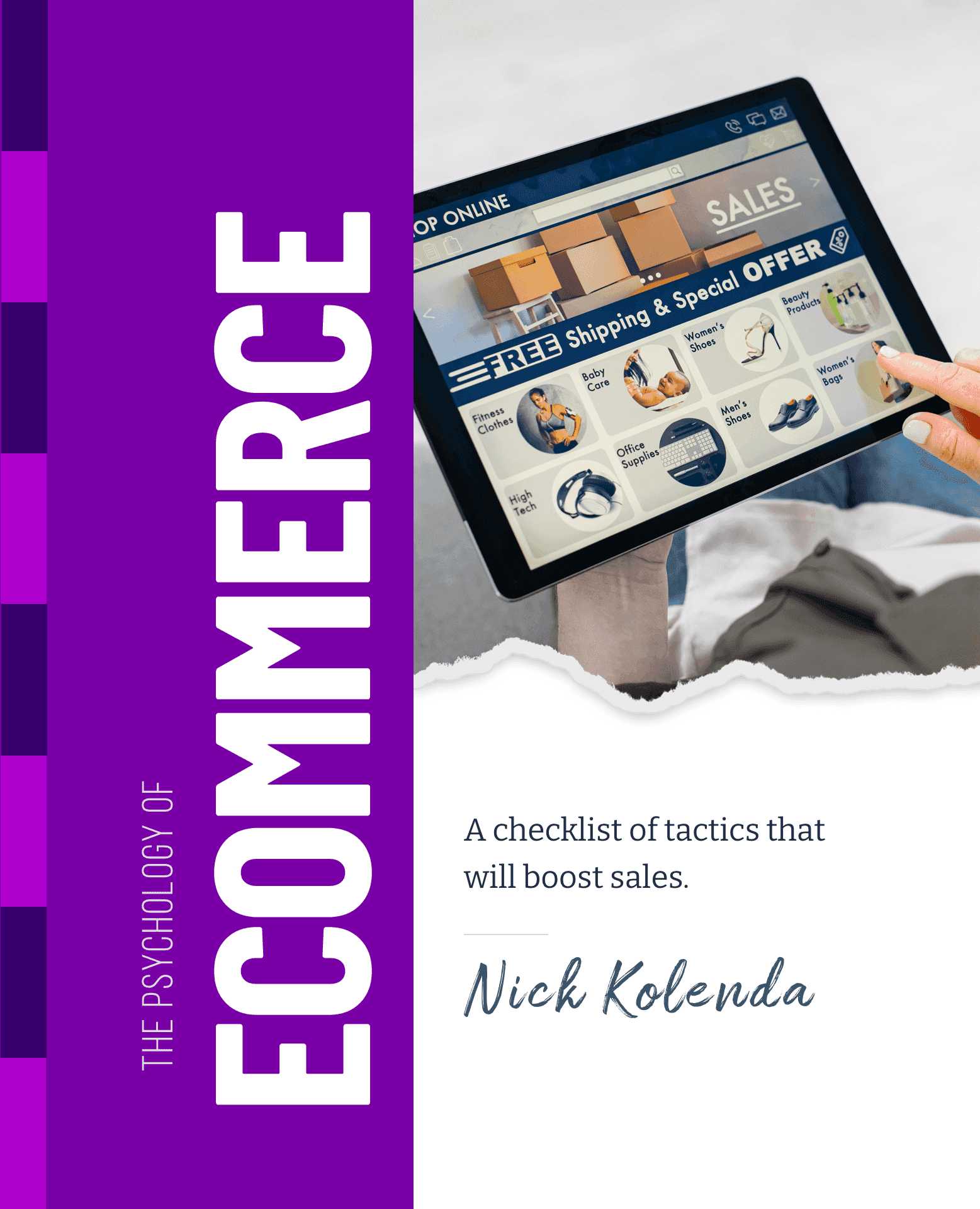
Pair Zoom Levels With Time Lengths
Customers prefer zoomed-in images for immediate actions because they imagine these actions with a close proximity.
What’s the best zoom level for images?
It depends.
In the sensory world, objects get bigger as they approach us.
Would this NEARBY = BIG relationship also happen with time? For example, do we imagine future events to be bigger as they approach us?
Researchers tested this question by adjusting zoom levels for products that varied by time, such as discount length (Ho et al., 2024).
Sure enough, customers preferred:
- Zoomed-in images for short durations (e.g., 30 min).
- Zoomed-out images for long durations (e.g., 8 days).

Why It Works
Humans learn abstract concepts (e.g., time) by injecting them with tangible elements from the sensory world (e.g., spatial distance).
We say that a future event is “far” and “distant” because our brain is using spatial distance to breathe life into this intangible idea of time.
Consequently, time inherits the traits of spatial distance: Since objects get bigger as they approach us, future events get bigger as they approach us.
Customers prefer images that match these subconscious portrayals because something "feels right." And they blame the content inside these images.
How to Apply
Use distant zooms for:
- Preorders - New phone launching next month
- Long Promos - Discount that expires in 5+ days
- Future Events - Conference or workshop next month
- Luxury Brands - Handbag that looks distant and unattainable
- Broad Thinkers - Leaders, creatives, strategists
Use close zooms for:
- Urgent Frames - Only 2 items in stock
- Food Menus - Dine-in or fast delivery
- Close Events - Local workshop or immediate webinar
- Haptic Products - A pillow which involves close physical touch
- Concrete Thinkers - Scientists, engineers, analysts
You should also consider the type of image.
For example, depict a concert based on distance:
- Distant Concert: Show the outcome (e.g., venue with attendees).
- Approaching Concert: Show the process (e.g., physical tickets).
Caveats
- Use Various Zooms and Framing. Emphasize whichever image is most relevant based on distance, and if possible, include alternative images nearby to handle different mindsets.
Related Applications
- Word or Google Docs. Use zoom levels in documents to shift mindsets and boost productivity. Zoom out for broad tasks (e.g., outlining, brainstorming), and zoom in for concrete tasks (e.g., editing, proofreading).
- Menu Links. Want people to explore your app or website? Try enlarging navigation links so these destinations seem closer.
- Copy. Customers seek certain information depending on their buying stage. Early stages should convey desirability (e.g., overall style), while later stages should convey feasibility (e.g., purchase steps).
- Color. Grayscale images boost conversions for distant events because customers are imagining these events with less color (Lee et al., 2017).

- Ho, C. K., Kuan, K., Liang, S., & Ke, W. (2024). Effects of temporal features and product image zooming in online time scarcity deals: A construal fit account. Information & Management, 61(7), 104019.
- Lee, H., Fujita, K., Deng, X., & Unnava, H. R. (2017). The role of temporal distance on the color of future-directed imagery: A construal-level perspective. Journal of Consumer Research, 43(5), 707-725.

Want more tactics?
Get all my free ecommerce tactics